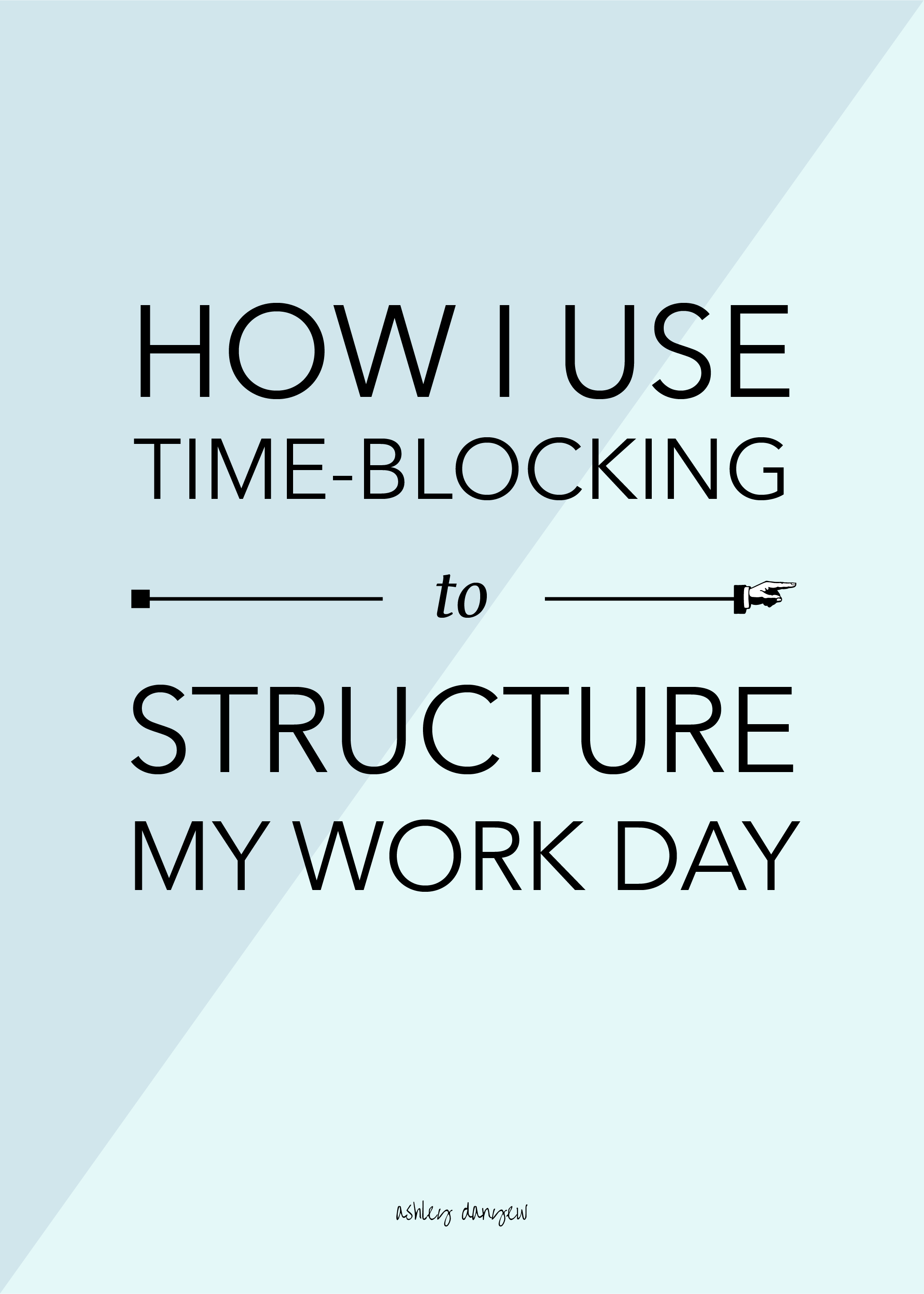Editor’s Note: Read an update version of this post here.
One thing I hear over and over from church musicians and music educators (well, everyone, really) is that there never seems to be enough time to get it all done.
Time to teach
Time to rehearse
Time to write
Time to practice
Time to be with family
Time to be a good friend
Time to read
Time to exercise
Time to learn
We’re always looking for new ways to be more productive, get more done in the little time we seem to have, and save time in places where, like money, we might be overspending. Am I right?
That’s one of my favorite ways to think about time - as money. It's a commodity. We all have the same number of hours in the day - it’s how we spend them that makes the difference.
Where (and how) do you want to spend your time? What’s important to you?
Once you can answer this question, you’ll be motivated to make it happen - to take control of how you’re spending your time and look for ways to save it, where you can.
Ready to get started? Here are a few time-saving tools and tactics that might work for you:
9 Time-Saving Tools and Tactics
1. Put all your to-dos in one place.
I’m generally a pen-and-paper person, though I’ve found that written to-do lists don’t always work for me. Sometimes, I want to write things down for next week or next month and not see them sitting on the piece of paper in front of me every day.
I’ve used a few web-based applications designed to keep track of to-dos, but ultimately, they either converted to a paid model or they had too many bells and whistles (color-coding, project-sorting, reminders, etc.) that made it feel overly-complicated.
In January, I discovered TickTick - a simple, easy-to-use list-based approach to keeping track of to-dos.
Start by creating different lists - one for teaching, one for home, etc. - and color-code, if you like. Then, start typing in your to-dos. Add deadlines (today, tomorrow, next week, custom), if you have them and set the priority level (1, 2, or 3), if you need to. Select a corresponding list for each item you enter; this gives you the ability to see only one list at a time.
One of my favorite features of this application is the ability to quickly assign (and reassign) tasks to specific days.
It basically lets me plan out my to-do lists in advance, but organize them by day, instead of having an overwhelming number of things on my list at any given time. You can also set up recurring tasks, so you don’t have to manually add the same things every week or month.
And you still get the satisfaction of checking things off when they're done. ✔
2. Track your time.
Have you ever gotten to the end of the day and thought, “Where did the time go?!” With Toggl, you’ll know.
Toggl is a tool you can use to track your time. It’s especially helpful for freelancers and those who bill their work by the hour, but no matter what kind of work you do, it’s a free* and easy way to see exactly where you spend your time. Keep it running in a browser window in the background on your desktop, or use it on your phone to track your time when you’re on the go.
*The Basic Plan is always free.
3. Batch related tasks.
Batching is a process of grouping like tasks together and doing them at the same time (source).
This is a great strategy for tackling small tasks like writing and responding to emails, depositing checks, filing receipts, filing music, running errands, planning rehearsals or lessons or classes, organizing, and more.
Related post: The Secrets of Batching in Freelance Work
Along these same lines, setting up recurring automation (in various forms) is a huge timesaver, as well. Automate bank transfers, weekly or monthly email reminders, email replies/filing, and numerous other tasks using a free tool like Zapier.
4. Limit social media.
We all do it: the mindless scrolling without really stopping to read or pay attention to what we’re seeing. For me, it’s a way to get out of work - a way to escape for a minute. But, I’ve learned how distracting this can be during the work-day.
Every time I pick up my phone and scroll through Facebook or Instagram or open up Pinterest or Twitter, I lose more than just the few minutes I spent in the app; I lose a few minutes afterward as I try to get back into the work I was doing.
"Every time we become distracted, it takes an average of 15 minutes to regain complete focus, and that adds up over time" (source).
As such, I’ve started leaving my phone in the other room during working hours (and it's made a big difference in how much I'm able to get done!). I look at it in the morning, at lunch, and a little in the evening, but I'm trying to make it a habit to not check in on social media when I’m working.
5. Divide your work-day into time blocks.
Time-blocking is a strategy you can use to help you organize and structure your day, giving you the time you need to complete the tasks on your to-do list(s).
Start with today: what does your day look like? Are you teaching at all? Do you have any rehearsals or meetings? Do you have any appointments or phone calls at designated times? Block off those times on your calendar.
What’s left?
Maybe you have a 2.5-hour block in the morning, an hour after lunch, then 2 hours in the middle of the afternoon, then another hour in the evening. What can you accomplish with these blocks of time?
For me, I’ve found it helpful to start the day by tackling my inbox for 20-30 minutes, then I have 2.5-3 hours of uninterrupted time (most days) to work on a bigger, more in-depth project. After lunch, I usually have an hour or 1.5 hours before leaving to go teach, so this is often a good time for smaller-scale projects, writing, or batching small tasks.
Knowing what blocks of time I have to work with and being intentional about the work I do in those times has helped me be more focused and productive and get more done. The key is being intentional with the time you have, but also being flexible and readjusting throughout the day, as needed.
““Don’t schedule a hard task in a time of day where you typically lag, and don’t schedule a big task in a small amount of time. Wishful thinking can’t change the reality of your schedule.””
(source)
Want to learn more about time-blocking? Read this helpful guide.
Related post: How I Use Time-Blocking to Structure My Work-Day
6. Set aside time to send and respond to emails.
If left alone for too long, email can quickly become overwhelming, but at the same time, I don’t think it’s something you have to keep open in front of you all day either.
Checking email mindlessly throughout the day without the intention of responding to anything is probably not the best use of your time.
Instead, create time in your schedule to check, write, and respond to any emails that have come in. Play beat the clock and see how many emails you can knock out in the amount of time you’ve set.
Also, consider setting up some email templates to save you the time of typing out the same message over and over. Finally, filing every email you receive into a specific subfolder may not be the best way to organize your messages. Read more here.
Related post: Tips & Tricks for Tackling Your Email Inbox
7. Close documents and browser tabs you’re not currently using.
Do you ever catch yourself with more than a few documents or browser tabs open (read: 8 or more)?
You were reading an article and clicked on a link - new tab.
You want to remember to look something up later - new tab.
You’re in the middle of writing this month’s newsletter article - new document.
You’re comparing prices on something you need to order from Amazon - new tab.
You’re checking email in multiple inboxes - new tab(s)/applications.
No? Just me?
The thing is, every tab or open file represents something that needs your time and attention, a decision waiting to be made, a reminder that you have a lot to do and not enough time to do it.
And nobody has time for that kind of mental clutter, am I right?
Try focusing on one thing at a time. Close out of your email if you’re not currently checking, writing, and responding to messages. Close out of documents and applications you’re not currently working in. If you don’t want to forget to look something up later, add it to your to-do list instead of opening a new browser tab. Simplify.
8. Go into meetings with an agenda or outline.
Meetings can take up a ton of your time. The first way to save time, is to avoid unnecessary meetings. Can this be accomplished through email or by phone? If so, that will often be a more efficient way to work.
If an in-person meeting is necessary, make sure you spend some time planning and preparing in advance. Encourage those who will be attending to submit items for an agenda in advance, so everyone is on the same page.
Pass out printed copies or send it via email, so everyone has a copy. Write out an outline for how you will spend your time together and what needs to be discussed or decided as a group. Avoid topics that are not relevant to all who are present - save those for one-on-one conversations or emails.
9. Make templates.
This is a great time-saving tool. Don’t reinvent the wheel, as they say; make templates!
Create a set of templates for things you use on a recurring basis: rehearsal plans, emails you send frequently, budget worksheets, reminder postcards, newsletters, calendar schedules, meeting agendas, etc.
Save a blank version as a template file and duplicate it each time you need to create something, so you’re starting fresh (this helps avoid the issue of forgetting to replace or update old, outdated text, if you’re duplicating the last file you used).
What are your best time-saving tools and strategies? I’d love to hear!

















![2017 Reader Survey Results [Infographic]](https://images.squarespace-cdn.com/content/v1/585c710603596e2c47dad93e/1511201969244-V4CFHY88ZUUB4V8MZGM2/2017+Reader+Survey+Results-71.png)




















